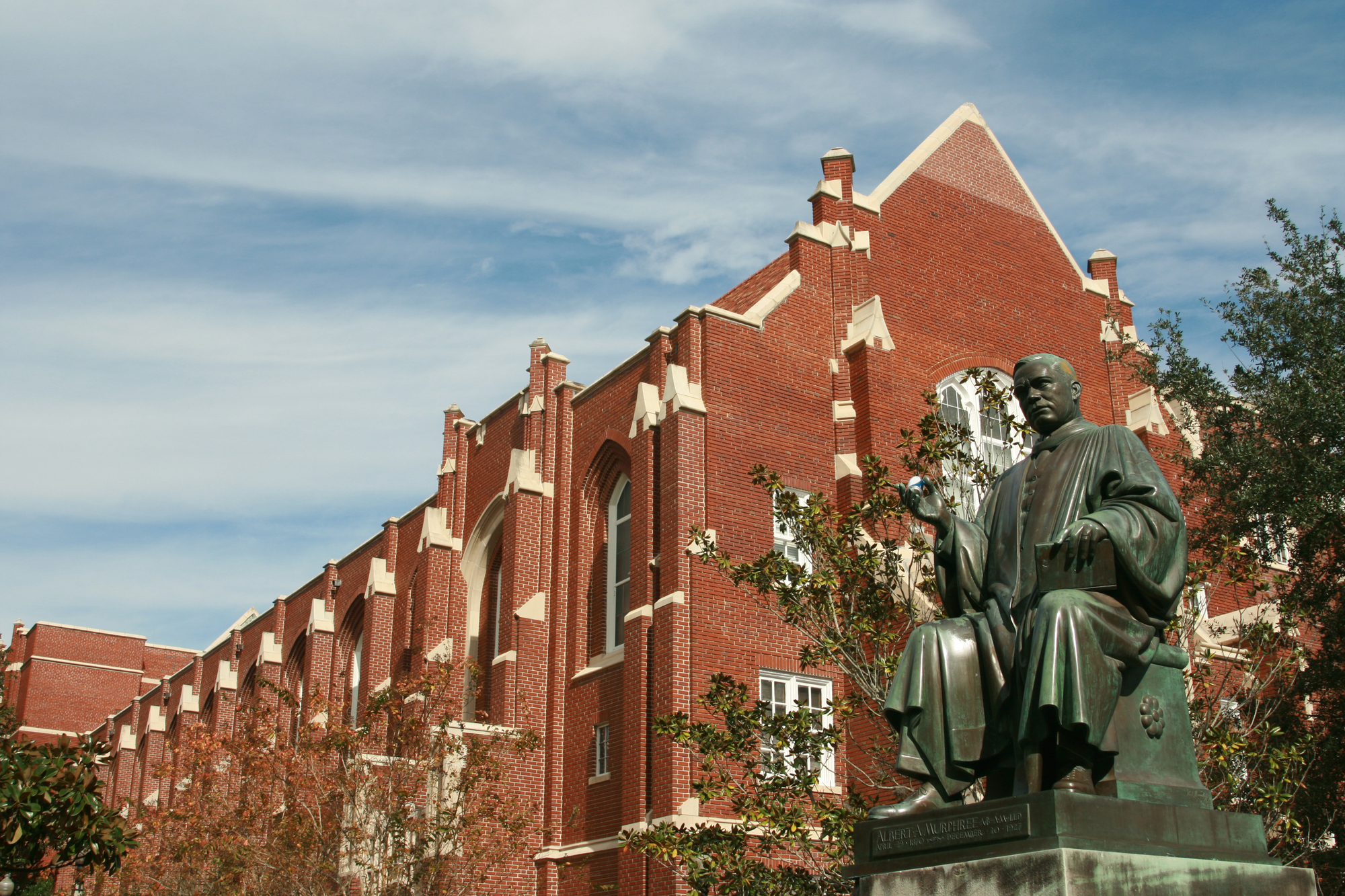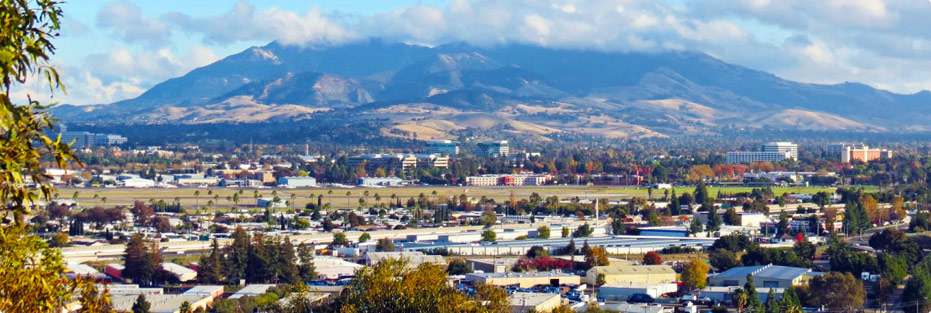Election 2020: The Most Diverse Electorate in U.S. History
Date: October 1, 2020

The electorate in this year’s elections will be the most diverse and well-educated electorate in the history of the United States. Nationwide, non-Hispanic whites without a college degree were a slight majority of all voters in 2010 (51.0%), but by 2018 had fallen to just 44.6% of all voters. At the same time, Hispanic, Asian American, and Black/African American voting blocs have all increased. All told, the number of non-Hispanic white voters without a college degree shrank by almost 5.5 million between 2010 and 2018, while the number of non-white voters increased by more than 15.3 million and the number of non-Hispanic white voters with a college degree increased by almost 8.5 million. This change occurred all across the country. Every single state saw the share of non-Hispanic whites overall shrink between 2000 and 2018, our data also shows that non-Hispanic whites without a college degree also shrank as a share of every state’s electorate as well between 2010 and 2018.
Table 1: U.S. Electorate by Race/Ethnicity
| Eligible Voters, 2010 | Share of Electorate, 2010 | Eligible Voters, 2018 | Share of Electorate, 2018 | Change in Eligible Voters, 2010-2018 | Change in Share of Electorate, 2010-2018 | |
| Non-Hispanic White | 154,477,000 | 71.9% | 157,495,000 | 67.5% | +3,019,000 | -4.4% |
| ---Non-Hispanic White, With College Degree | 44,886,000 | 20.9% | 53,371,000 | 22.9% | +8,485,000 | +2.0% |
| ---Non-Hispanic White, No College Degree | 109,591,000 | 51.0% | 104,124,000 | 44.6% | -5,467,000 | -6.4% |
| Black/African American | 26,235,000 | 12.2% | 29,159,000 | 12.5% | +2,924,000 | +0.3% |
| Asian | 7,921,000 | 3.7% | 10,513,000 | 4.5% | +2,592,000 | +0.8% |
| Hispanic | 21,509,000 | 10.0% | 29,684,000 | 12.7% | +8,174,000 | +2.7% |
| Other | 4,829,000 | 2.2% | 6,479,000 | 2.8% | +1,650,000 | +0.5% |
| Total | 214,972,000 | 233,331,000 | +18,358,000 | |||
Table 2: U.S. Electorate by Nativity, 2010-2018
| Eligible Voters, 2010 | Share of Electorate, 2010 | Eligible Voters, 2018 | Share of Electorate, 2018 | Change in Eligible Voters, 2010-2018 | |
| U.S.-Born | 198,129,000 | 92.2% | 211,670,000 | 90.7% | +13,541,000 |
| Foreign-Born | 16,844,000 | 7.8% | 21,660,000 | 9.3% | +4,817,000 |
- Non-Hispanic whites without a college degree went from being a majority of the electorate in 2010 (51.0%) to less than half (44.6%) of all eligible voters, a decrease of 6.4 percentage points in their share of the electorate.
- The Hispanic share of the electorate now stands at 12.7%, an increase of almost 3 percentage points since 2010. Hispanics now make up the largest minority group in the U.S. electorate, with 29.7 million eligible voters.
- The Asian American share of the electorate also increased, reaching 4.5%. Today, there are more than 10.5 million Asian American eligible voters in the United States.
- The African American share of the electorate also increased between 2010 and 2010, reaching 12.5%, a modest increase of 0.3 percentage points. In total, there are more than 29.5 million African American eligible voters.
- Immigrant voters also saw significant growth. There are more than 21.7 million foreign-born eligible voters, an increase of more than 4.8 million from 2010. Today, immigrant voters make up 9.3% of the electorate, or more than 1 out of every 11 voters.
- The largest increase, however, was among college-educated eligible voters. Since 2010 almost 14.7 million additional college-educated voters have joined the electorate. Today, more than 3 out of 10 eligible voters (30.5%) hold at least a bachelor’s degree. As recently as 2010, only 26.3% of the electorate had a college education.
Data on the changing electorate in swing states and in individual states is also available.






